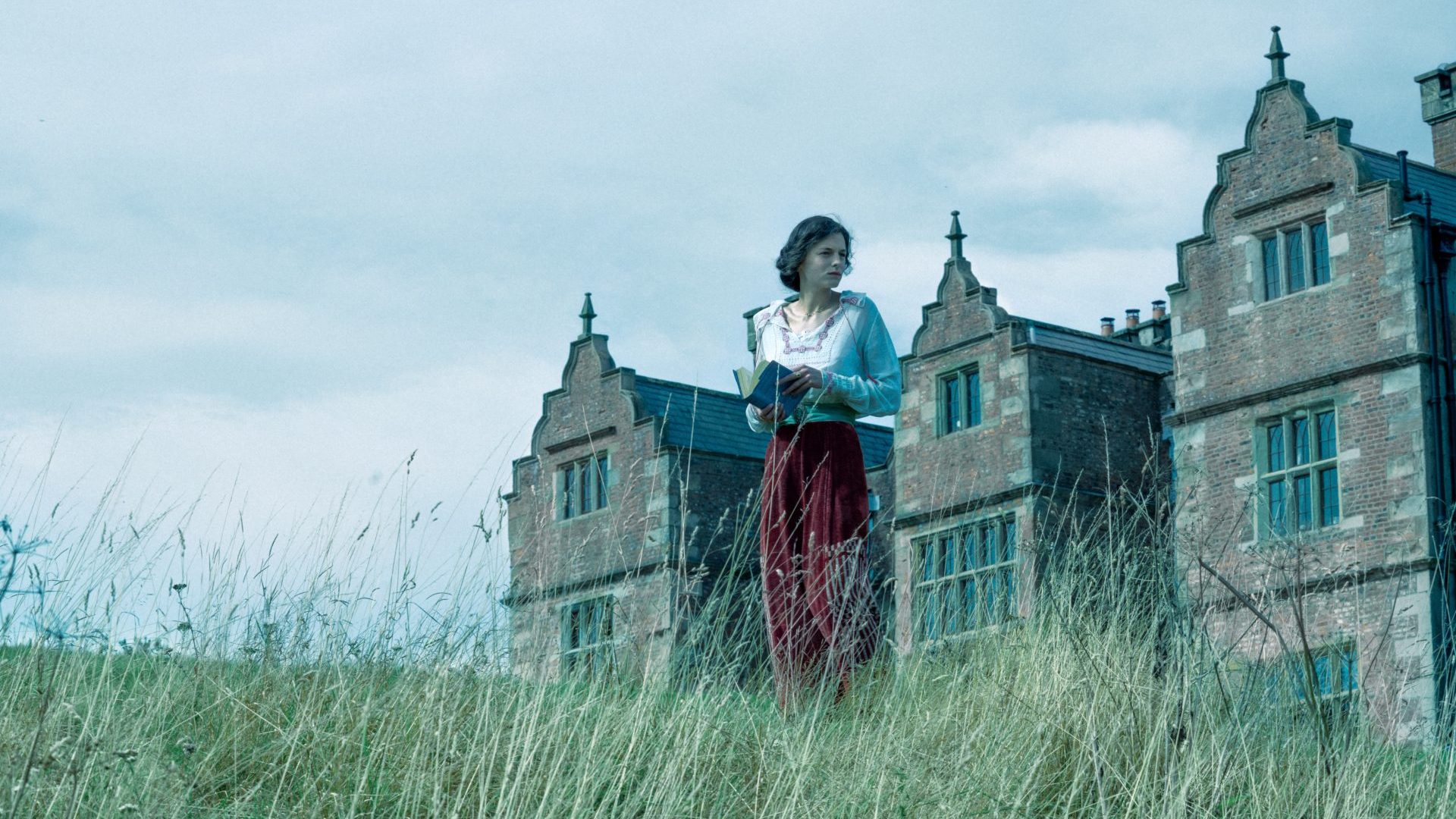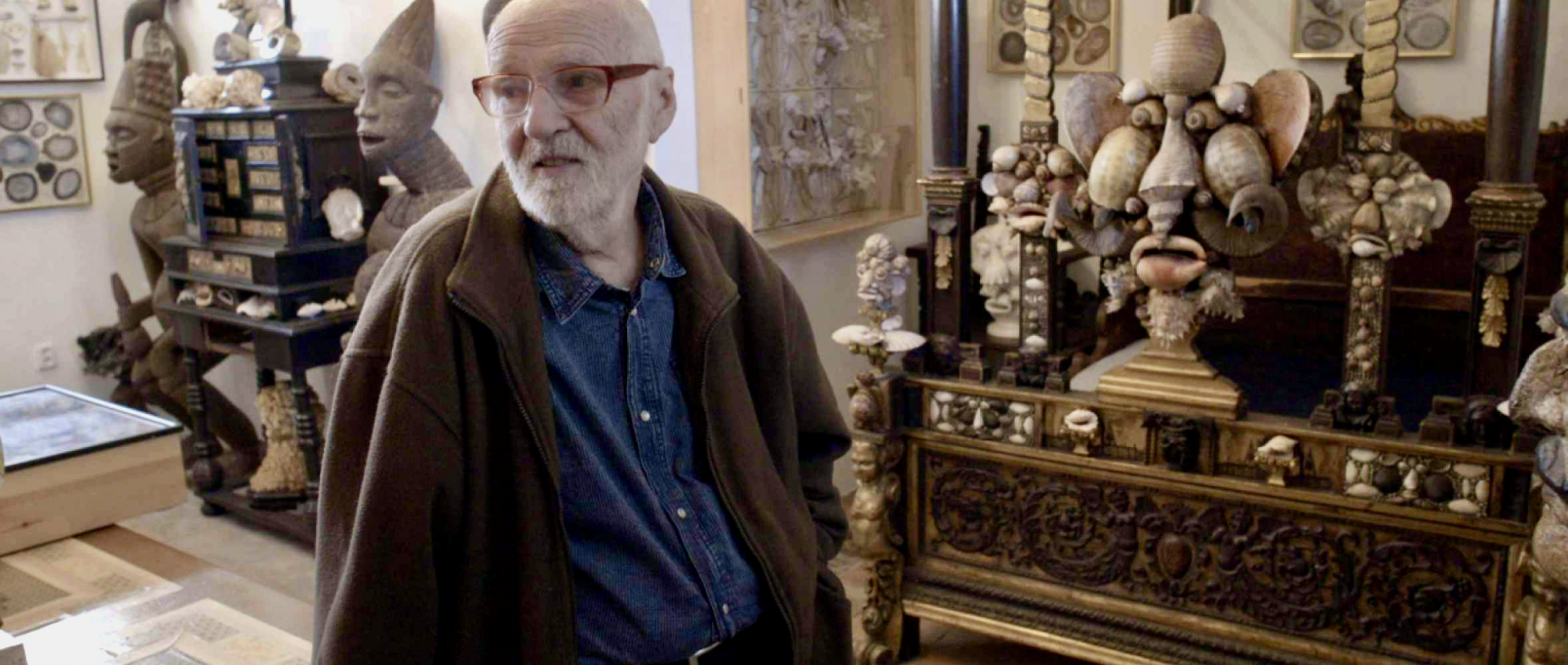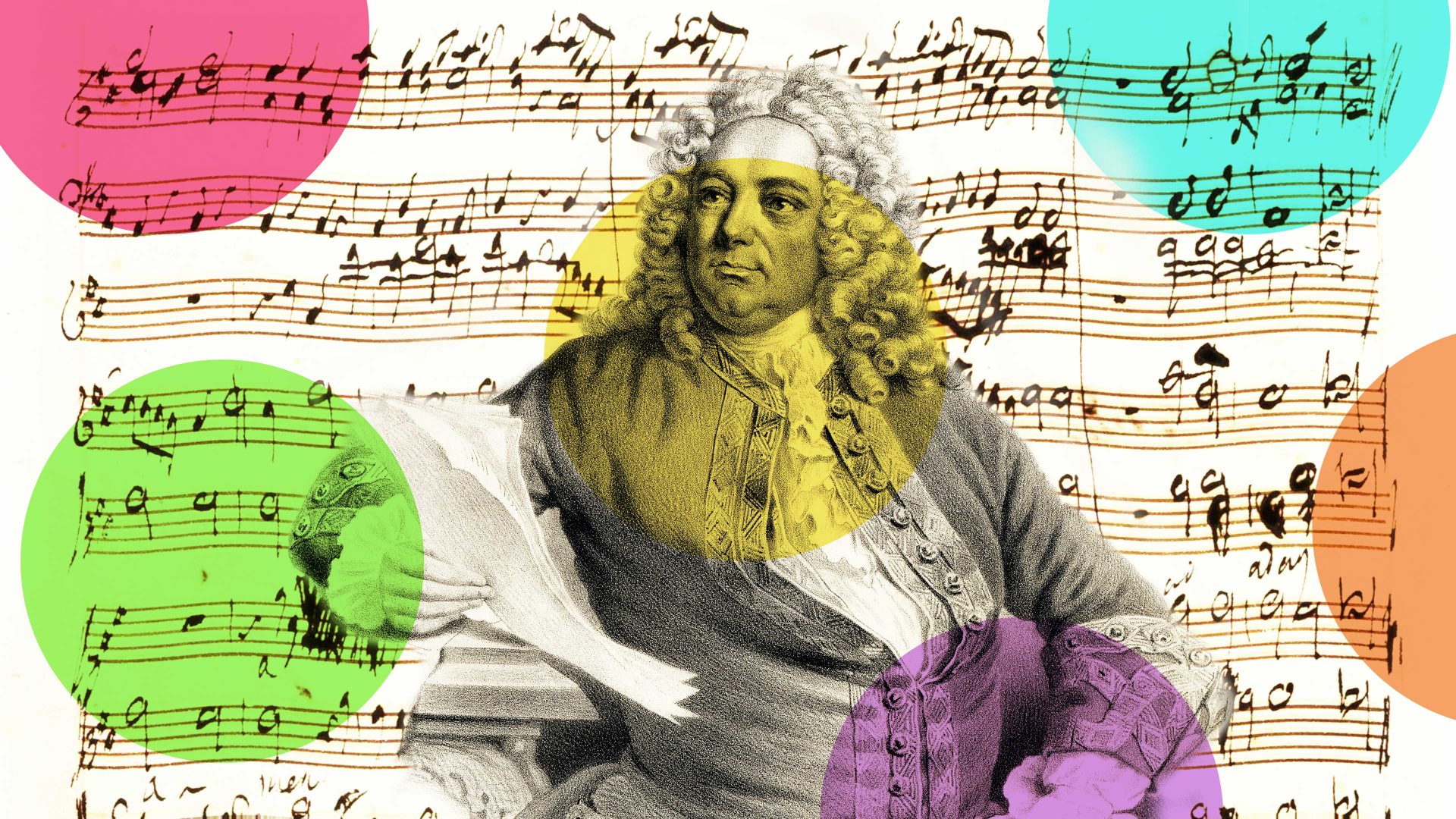Perhaps the most quoted sexual awakening in English literature is the one that Philip Larkin mentions in his poem Annus Mirabilis, when intercourse began, rather belatedly, for him “In ninety sixty-three, Between the end of the ‘Chatterley ban’, And the Beatles’ first LP.”
The victory of Penguin Books in the 1960 obscenity trial made DH Lawrence’s last novel an instant bestseller and sparked the sexual revolution in the UK, probably inciting the entire “youthquake” movement to rebel against questions from the prosecution asking whether Lady Chatterley’s Lover was “the kind of book one would wish one’s wife or servants to read”.
So English. So why do only the French get to make movies about this?
The latest version, for which you might well make sure your age-appropriate filters are working on Netflix, is directed by Laure de Clermont-Tonnerre, a Paris-born filmmaker who started her career as an actor and is now entrusted with making Britain’s favourite dirty story look sexy. Which she certainly does.
It’s a beautiful-looking picture, photographed with full sensuality by French cinematographer Benoît Delhomme (who began his career on the pastoral adaptations of Jean de Florette and Manon des Sources) and who works an almost fairytale magic here on the Welsh countryside, just outside Chirk.
There haven’t been many big screen adaptations of Chatterley, and most of
them have come from the French: the first before the ban was lifted, in 1955,
starring Danielle Darrieux in L’amant de Lady Chatterley, a film that itself was banned in New York for “promoting adultery”.
The French were there again in 1981 with the notorious Just Jaeckin, director of Emmanuelle, and using his softcore muse from that series, Sylvia Kristel, in the titular role, and English actor Nicholas Clay as Mellors, fresh from his unsheathing work as Lancelot in John Boorman’s Excalibur.
Ken Russell’s BBC TV version from 1993 will surely come to mind again for modern viewers, because his Connie, Joely Richardson, is cast in this new film, this time as Mrs Bolton, the woman brought in to care for the wheelchair-bound Sir Clifford.
But the most recent cinema version is by another French woman, Pascale
Ferran, in 2006, and starring Marina Hands, daughter of playwright Terry
Hands. Lady Chatterley won the 2007 César for Best Film, and the award for
actress, too, although it was based more on Lawrence’s other version of
the story, John Thomas and Lady Jane. When I meet Laure de Clermont-Tonnerre, I ask her immediately, why are the French so obsessed with this
story? And why, when we want our sexy stories told, do we turn to French
women?
“Oh, with a French woman, you are guaranteed great sex in the cinema,”
she exclaims with a laugh. “I don’t know, I just wanted to make something explicit that also glorified a woman’s sexuality and that showed a woman taking control of her body and her pleasure. I think that’s what is in the novel and that is probably why it proved so controversial for so many years.”
In a most un-British way, we are deep into conversing about sexuality from the very start. “I like it, down to business,” she says. “You know, it is quite a challenge to make something sexy on screen,” she says. “You have to find the balance between explicit and being romantic and it isn’t just sexual intercourse you’re showing. There has to be something transcendent
emotionally in the characters and the scenes have to mean something in the
story – that’s what’s in the novel, so I wanted it in the movie.”
And through the good services of her actors, it’s all there. Emma Corrin, who played Diana Spencer in The Crown, and Derby native Jack O’Connell, as Connie and Mellors, are both excellent. O’Connell, I’d venture, is so much to the manor born that his Mellors is probably the best screen version of the character I’ve seen. When I met the actor at the recent London film festival, I complimented him on the performance. “I had a body double for most of it,” he jokes.
Between them, Corrin and O’Connell create a sexual tension and physical
union that gets full release in the woods and fields. For all their Britishness as performers, is there, perhaps, something particularly French in all this al fresco sex?
“My take was always to glorify the importance of a woman’s pleasure, the importance of body, the touch, the sensuality and to be able to make those scenes compelling and not redundant,” says Clermont-Tonnerre. “I don’t know if that’s a French thing, but perhaps in the history of our cinema, we have been more liberated, certainly in our attitudes and connection to the body on screen. I always think of Brigitte Bardot in Le Mépris, and the opening, with her asking ‘Do you like my thighs?’ That’s so sensual and visceral and challenging and that sort of attitude has definitely infused French culture.”
It’s interesting that French female film-makers, in particular, have been
taking up that Godardian, New Wave baton and bringing it further. Directors such as Catherine Breillat and Claire Denis and now a new generation including recent Palme d’Or winner Julia Ducornau, Audrey Diwan (currently remaking – or re-inventing – Emmanuelle, now with Léa Seydoux) and Eva Husson, who brought such sensuality to the recent UK adaptation of Mothering Sunday.
“Yes, we are exploring sexuality to remind viewers that female desire is accepted as a vital need and that there’s nothing shameful or dirty about it and that is what Lawrence was saying, I’m sure of that,” says Laure. “I am sure British directors can say the same thing, but maybe people feel more comfortable hearing it from a French woman? I don’t know. Certainly, I wanted to see the story through female eyes, to be under her skin, to find a sensorial way to understand her journey to freedom…”
OK, this does indeed sound pretty French… so I ask if the relatively recent rise in the role of “intimacy coordinators” has made things easier for directors, male or female, British or French. “Oh yes,” she says. “I don’t want to feel like a perv behind the monitor and it’s so much easier to explore meaning in those scenes if there’s someone there professionalising the whole thing, making it precise, breaking the ice to ensure everyone feels safe. I think it makes the sex look so much more believable and authentic.
It’s not just the sex, of course. Lawrence’s book is, in the story of an aristocratic woman having an affair with a worker, mostly about class, and
Clermont-Tonnerre says she was drawn to the story’s sense of revolution. “Lawrence is not a feminist, as such, not in our 21st-century definition, because he was a man of his time, but in that he was definitely avant-garde and, I would say, certainly a revolutionary. I think this appeals to the French as much as anything else in the story.”
She was also drawn to the connections of sex and nature, a famous aspect of the novel brought very much to the fore in the new movie. “Of course,” says the director. “Lawrence’s point in the 1920s was to celebrate sexuality and connect it with something beautiful and glorious in nature, to connect it to the Earth as something pure, not dirty. It was a strong political statement to assess female pleasure that way, something so elemental, and of course the
puritanical and religious people did not want to admit this. It was the key thing for me in making the film.”
It worked. Emma Fryer’s costumes are superb, with references to Egon Schiele paintings and the iconic scene of Lady Chatterley and Mellors
cavorting naked in the rain has a lightness and joy about it that feels memorably spine-tingling.
Congratulations, I tell her. You’ve managed to make Britain look sexy. “Oh, thank you,” she says with a smile. “That’s the best compliment I could have. I’ll take that.”
Lady Chatterley’s Lover is in UK cinemas and on Netflix from December 2




